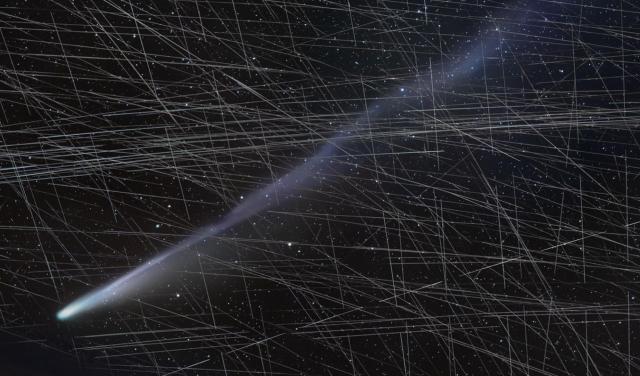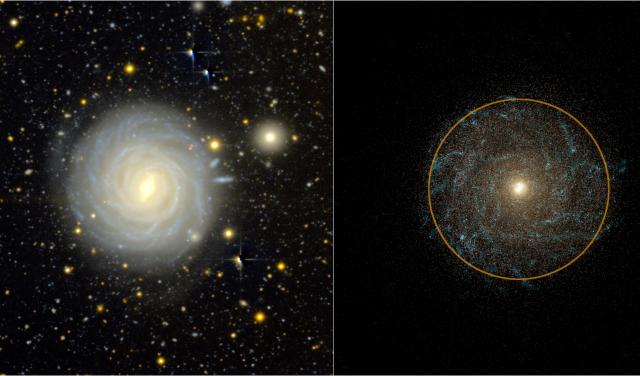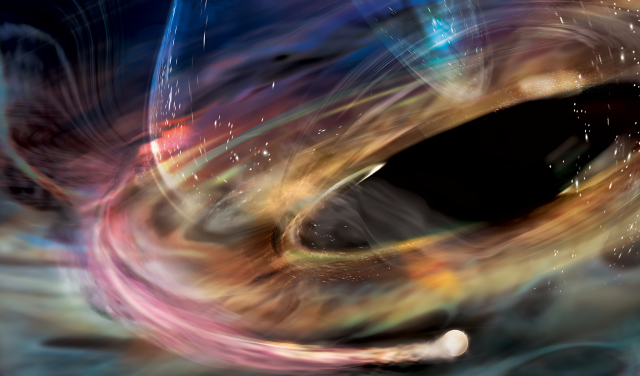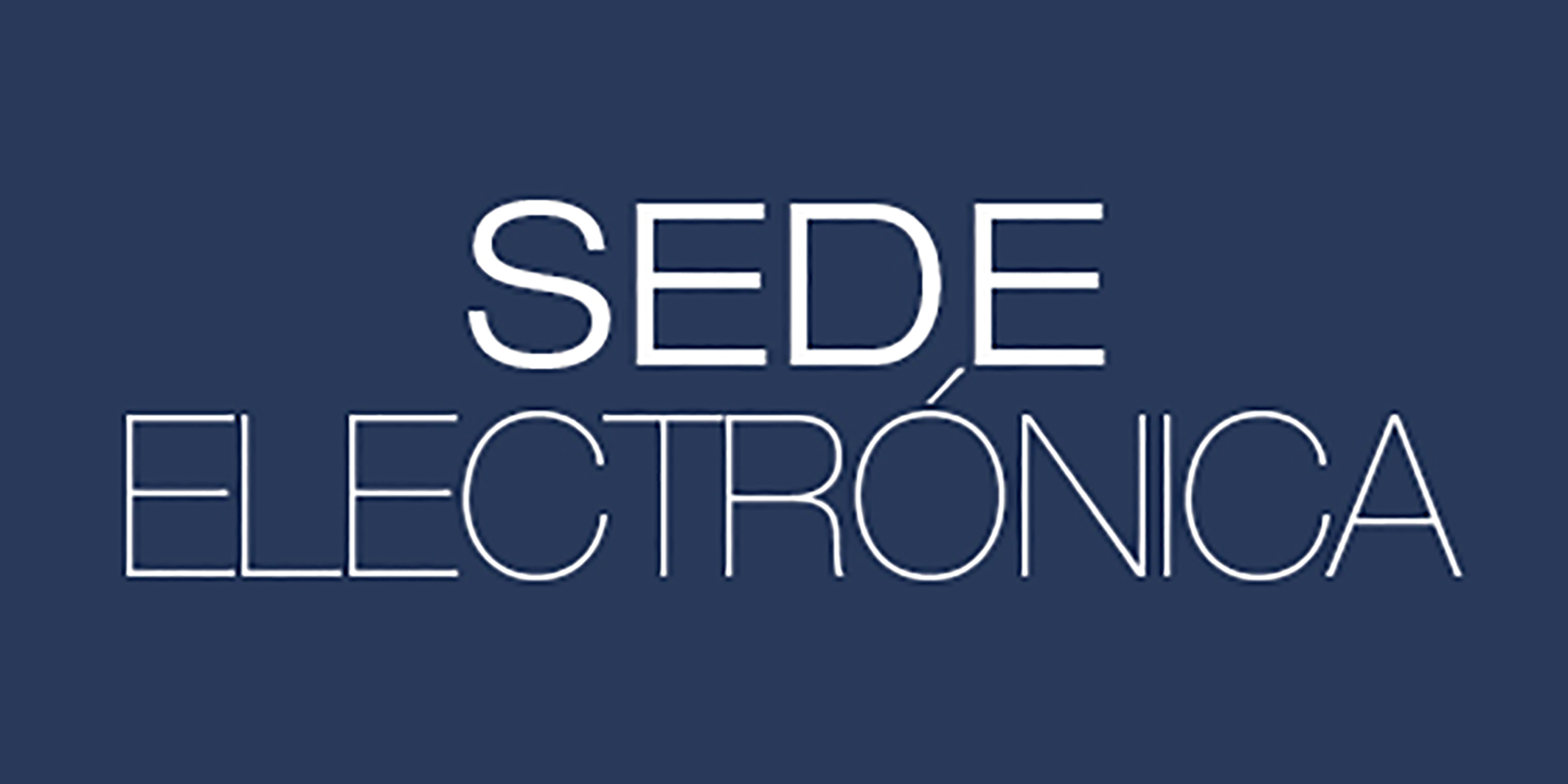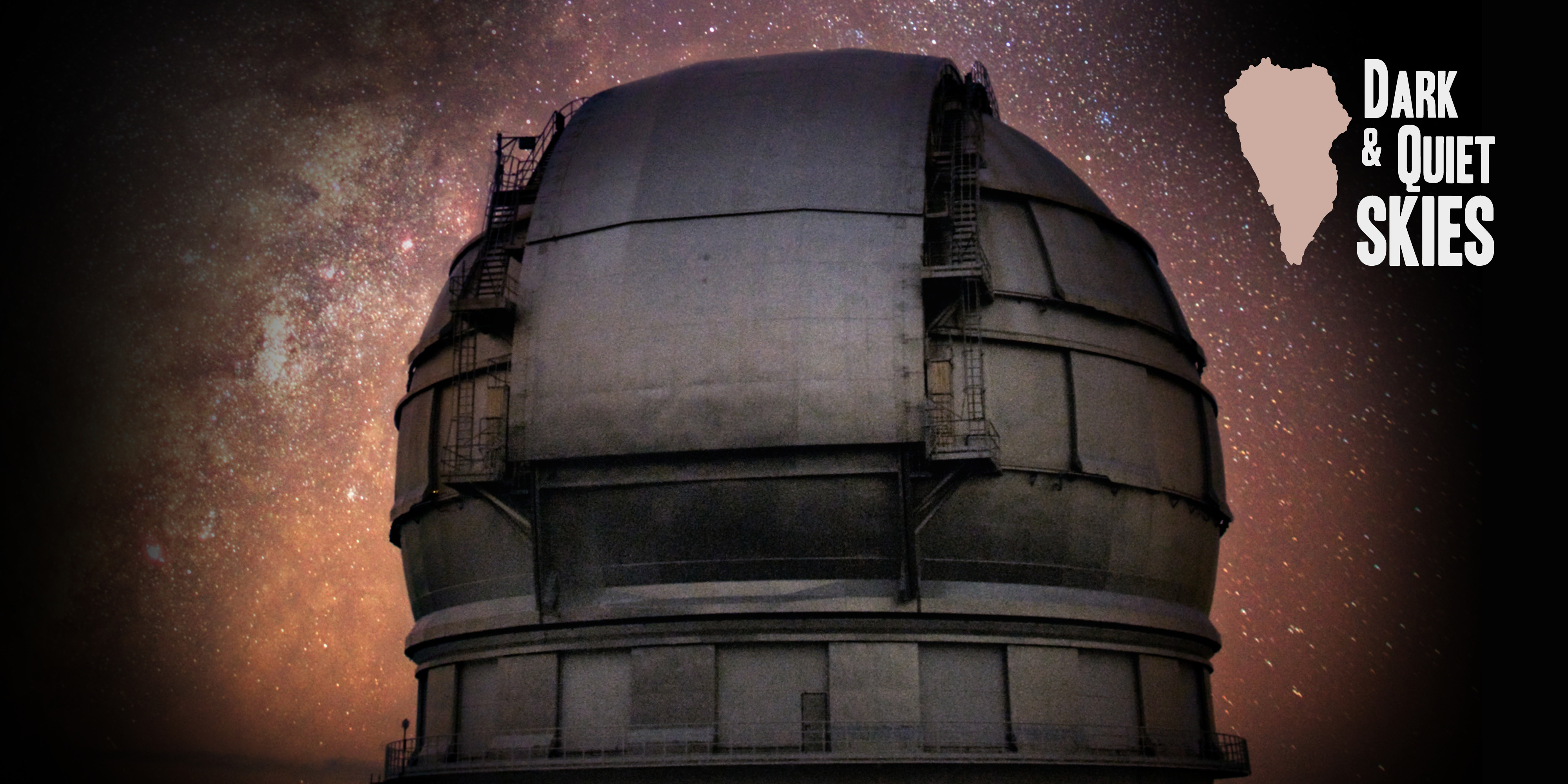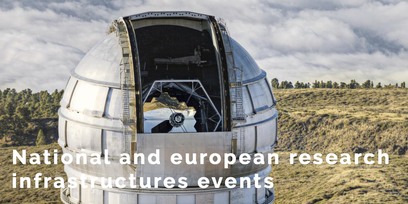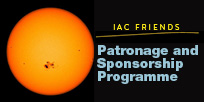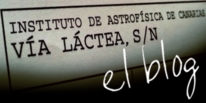"Gracias por enseñarnos a soñar estrellas"
- Prof. Francisco Sánchez 1936-2025 -

News
-
-
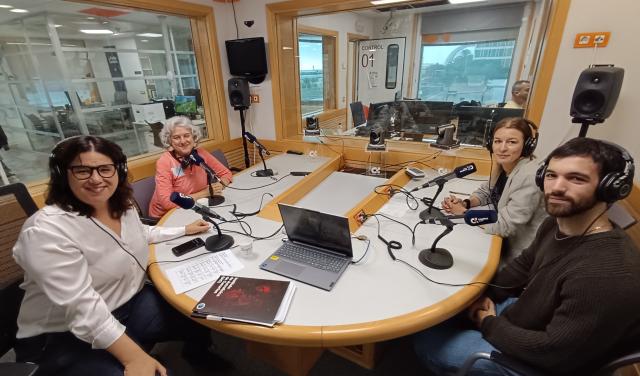 El programa Soñando Estrellas viaja a la cronología de la Vía Láctea y explora el auge del astroturismo en Canarias
El programa Soñando Estrellas viaja a la cronología de la Vía Láctea y explora el auge del astroturismo en Canarias -
 Grantecan helps reveal how the black hole in the supergiant galaxy M87 shapes its mysterious filaments
Grantecan helps reveal how the black hole in the supergiant galaxy M87 shapes its mysterious filaments -
-
-
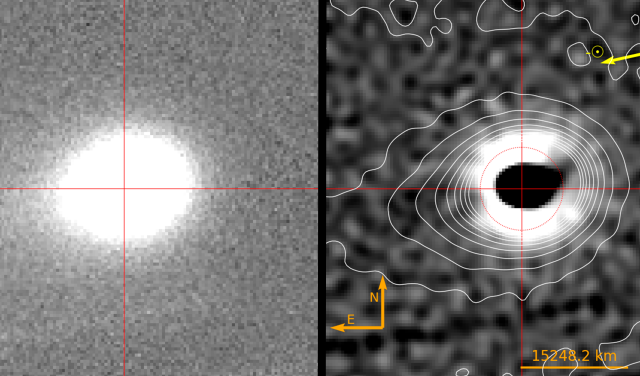 The TTT telescope at the Teide Observatory detects the first periodic and wobbling jet in an interstellar comet
The TTT telescope at the Teide Observatory detects the first periodic and wobbling jet in an interstellar comet
Employment
-
Ingeniero/a Senior Sistemas_ CELESTE_ Código Proceso Selectivo PS-2025-083Se convoca proceso selectivo para la contratación de un ingeniero/a, fuera de Convenio, en la modalidad de contrato laboral de actividades científico-técnicas de duración indefinida y que tendrá
-
Dos Contratos- Ingenieros/as- Software_SIGE-ESPACIO. PS-2025-052Se convoca proceso selectivo para la contratación de dos Ingenieros/as, fuera de Convenio, en la modalidad de contrato laboral de actividades científico-técnicas de duración indefinida y que tendrá
